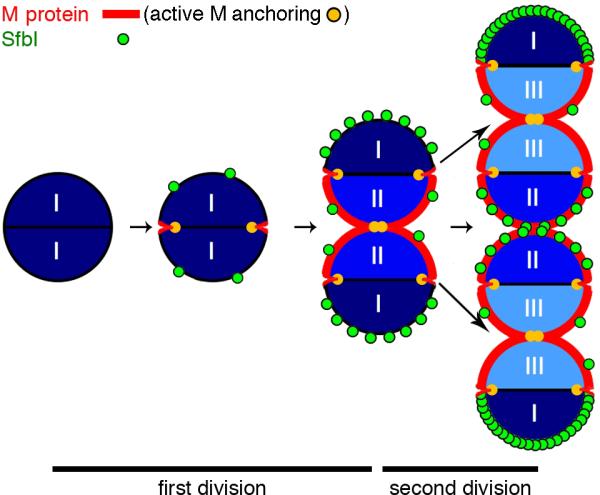Figure 7. A model representation of the anchoring of M protein and SfbI.

The regeneration of surface proteins during two division cycles is presented. M protein (red) is anchored exclusively to newly synthesized peptidoglycan at the septum (sites of active anchoring labeled yellow). Anchoring of M protein at daughter septa begins before the mother septum is completely closed, resulting in simultaneous anchoring at both locations. Following two generations, M protein is anchored to all newly synthesized, but not pre-existing, peptidoglycan. SfbI (green) is anchored over time in patches to peripheral peptidoglycan, with some preference to the poles. Following two generations, the oldest poles (I) display the most intense SfbI labeling, while one-generation-old poles show less labeling (II), and newly formed poles (III) show little SfbI labeling.
